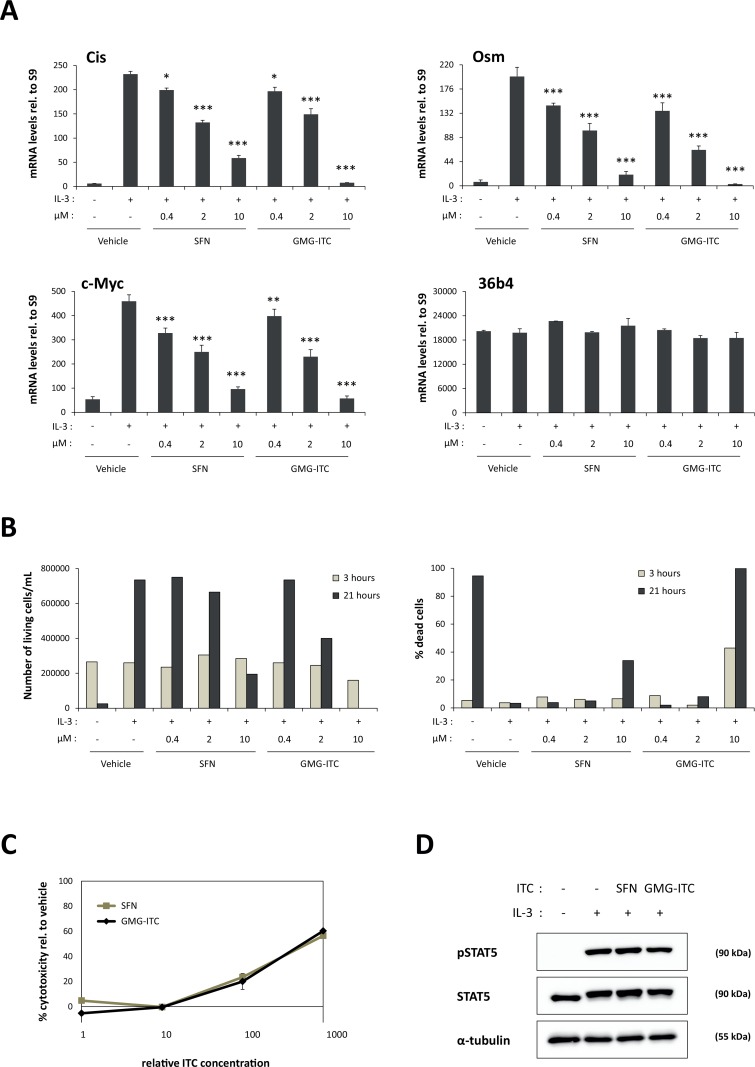Fig 2. SFN and GMG-ITC inhibit IL-3-mediated induction of STAT5 target genes in a dose-dependent manner in Ba/F3 cells.
(A) Rested Ba/F3 cells were pre-treated 30 minutes with 0.01% DMSO (vehicle) or with 0.4, 2 and 10 μM SFN or GMG-ITC, and further stimulated 30 minutes with IL-3. Expression of STAT5 target genes (Cis, Osm, c-Myc) and of the housekeeping gene 36b4 was analyzed by quantitative RT-PCR. One-way ANOVA with Dunnett’s post test was used to assess differences between isothiocyanate-treated conditions vs. the vehicle-treated IL-3-stimulated control; *P<0.05, **P<0.01, ***P<0.001. (B) Living and dead cells from experiment shown in panel (A) were quantified by trypan blue exclusion 3 hours and 21 hours after beginning of isothiocyanate treatment. Data are expressed as living cell density (left graph) and as percentage of dead cells (right graph). (C) GMG-ITC exhibits a higher toxicity than SFN in Ba/F3 cells. Ba/F3 cells were pre-treated 30 minutes with 0.1, 1, 10 and 100 μM SFN or with 0.02, 0.2, 2 and 20 μM GMG-ITC (0.1% DMSO in all conditions) prior to addition of the WST-1 reagent. Assay was conducted for 2 hours, as described in Materials and Methods, and cell toxicity was expressed as a percentage of the vehicle control. Note that the x-axis indicates relative isothiocyanate (ITC) concentrations, with 1 corresponding to 0.1 μM SFN and 0.02 μM GMG-ITC. (D) Like SFN, GMG-ITC does not affect IL-3-induced phosphorylation of STAT5. Rested Ba/F3 cells were pre-treated 30 minutes with 10 μM SFN, 2 μM GMG-ITC or 0.01% DMSO as vehicle control (-) and further stimulated 5 minutes with IL-3. Whole-cell protein lysates were analysed by Western blot using antibodies directed against phosphorylated STAT5 (pSTAT5), STAT5A+B (STAT5) and α-tubulin as a loading control. ITC, isothiocyanate.

